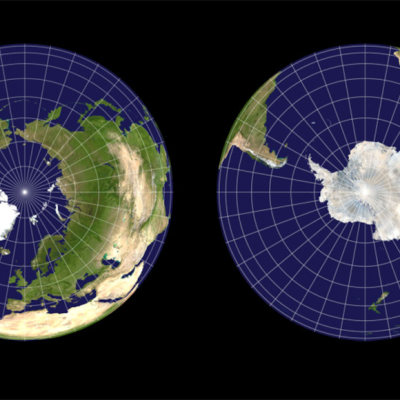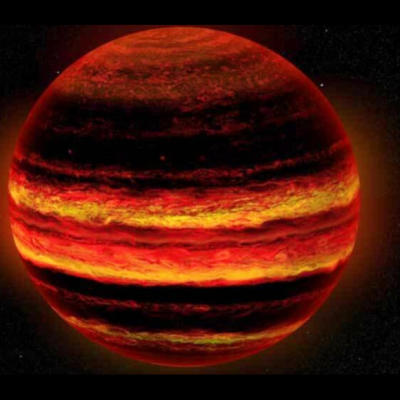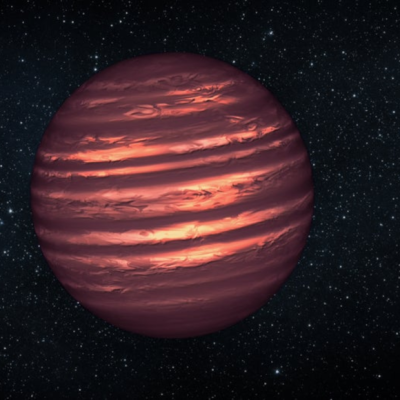The current average temperature is around 15 degrees Celsius, but during the peak of the last ice age about 20,000 years ago, it was only 9 degrees. The temperature is particularly influenced by the concentration of CO2 in the atmosphere. Scientists at the University of Arizona have used a climate-ocean model and four geochemical values to determine the exact temperature of the Earth during the glacial maximum. They found that the global average temperature was 6.1 degrees lower than during the Holocene. This may not seem like much, but it is a significant change.
The researchers used the calcium to magnesium ratio in fossil plankton, the concentration of certain hydrocarbons, and the oxygen isotope 18-O from different regions of the planet to determine the temperature during the peak of the ice age. They found that the global average temperature was 6.1 degrees lower than during the Holocene. The study also found that there were strong local temperature differences during the last ice age, with the coldest temperatures in the North Atlantic, North Pacific, and certain regions of the South Atlantic. The sea was on average only 3.1 degrees colder than it is now, but in these areas, it was about eight degrees colder than today.
The researchers also calculated the climate sensitivity, which measures how much the concentration of greenhouse gases in the atmosphere affects temperature. They found that the climate sensitivity is between 2.5 and 4.3 degrees, meaning that the global average temperature would increase by 3.4 degrees if the CO2 concentration in the atmosphere doubled. This is a more precise estimate than what was previously reported in the IPCC’s World Climate Report. The study provides valuable insights into the Earth’s climate history and how it may change in the future.










